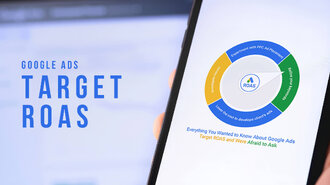Advertising is a critical process that affects how well a business performs.
For several functions, advertising can help attract customers, provide them with information about the business and its products and services, and serve as a means of communication. However, the most important function of advertising is generating brand awareness and efficiently targeting locations.
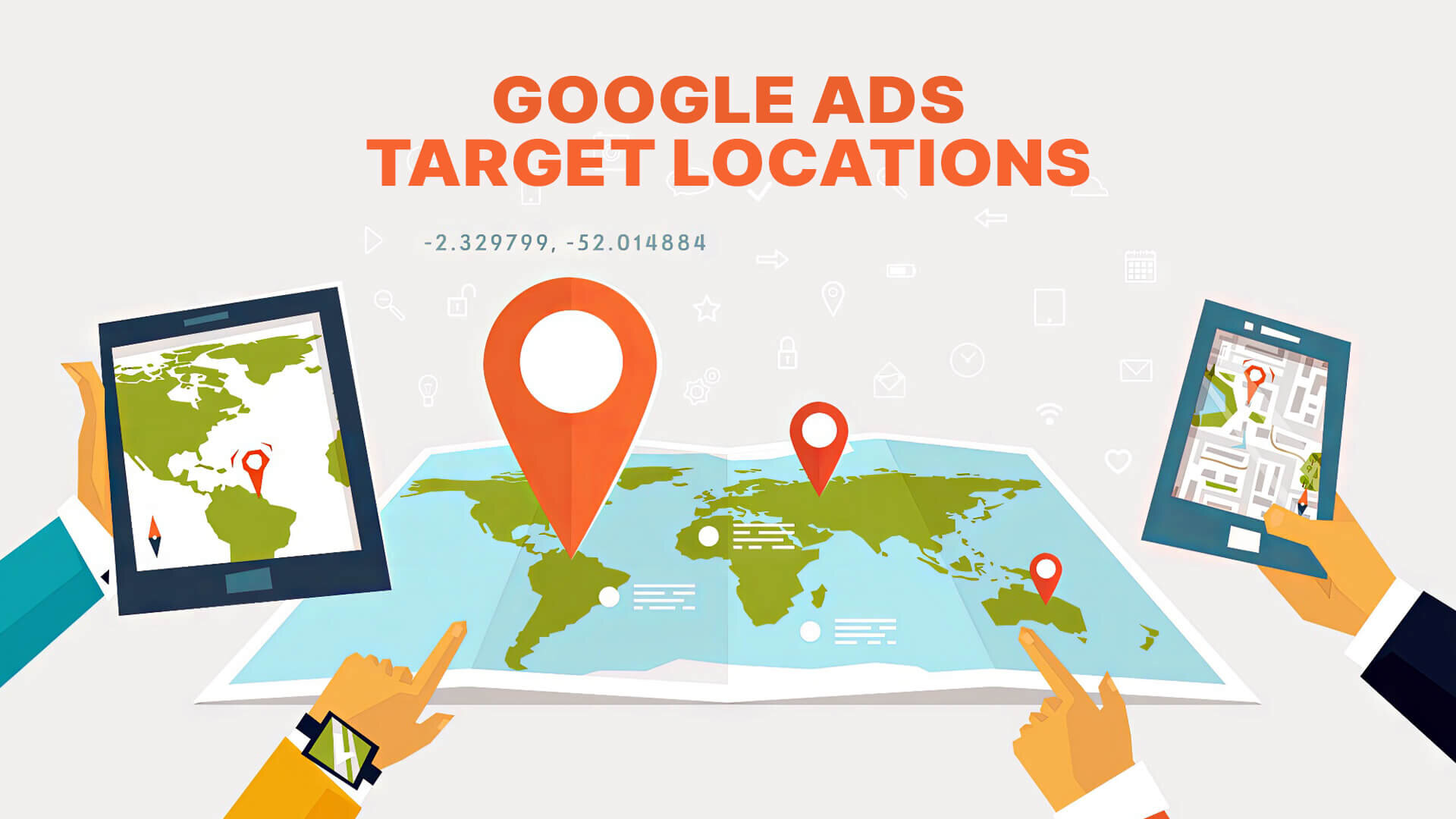
Advertising is more effective when your brand stays top-of-mind with your audience, and tools like Google Ads play a big part in that. This pay-per-click platform lets you manage ad spending while honing in on effective targeting.
With Google Ads, you only pay when someone clicks on your ad, making it cost-effective. By using data like location and customer preferences, you can target potential clients more precisely, helping your business meet its goals efficiently.
And that’s just what this guide can help you do.
Want to receive updates? Sign up to our newsletter
Each time a new blog is posted, you’ll receive a notification, it’s really that simple.
About Google Ads
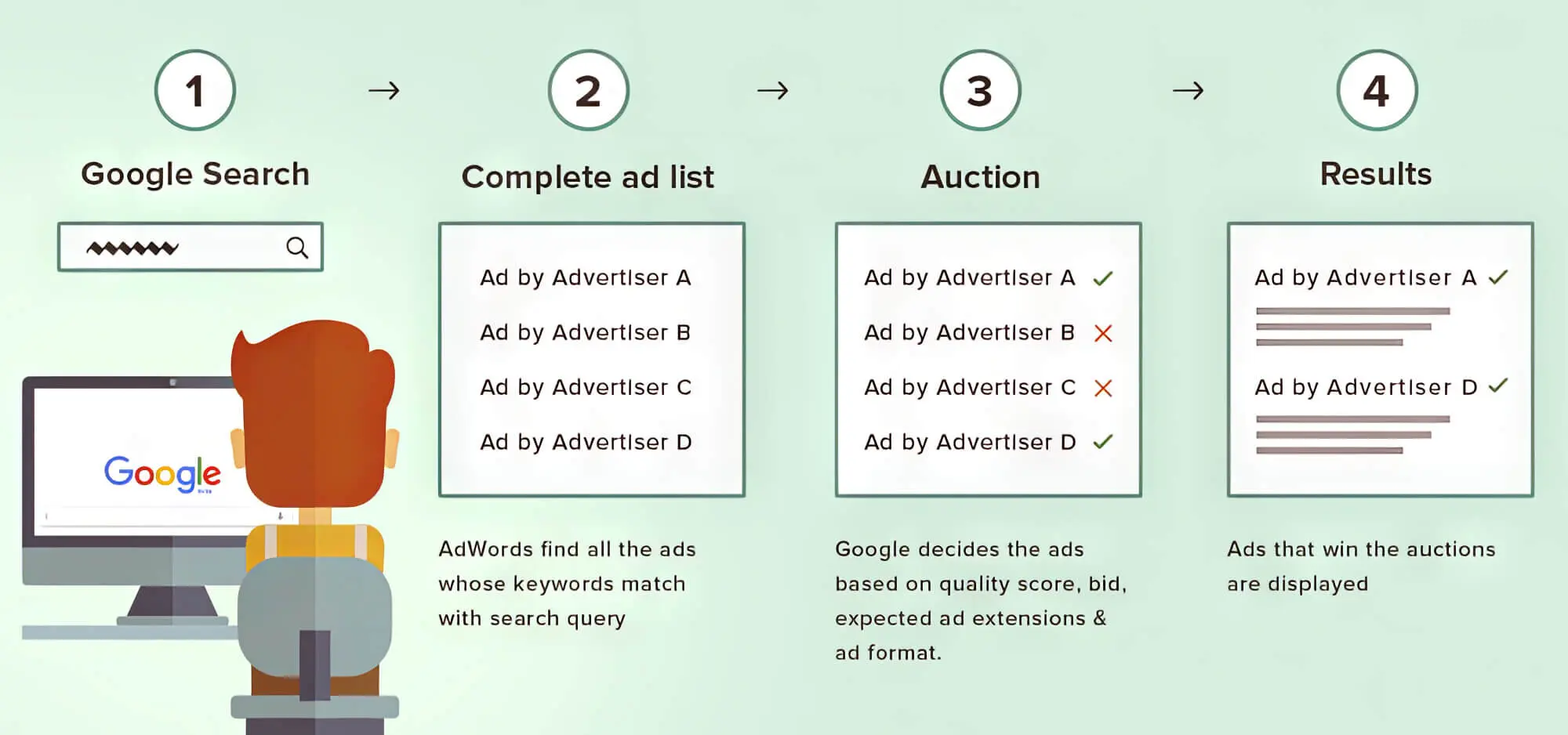
Formerly known as Google AdWords and AdWords Express, Google Ads is a platform for bidding, ad creation, and targeting in the Google Ads system. Google Ads is a pay-per-click targeting in the Google Ads platform owned by Google. The platform is used by businesses to drive better traffic to their websites or offline business locations, helping increase brand awareness regarding their products and services.
Its primary function is to help businesses achieve greater visibility, which can lead to more conversion opportunities. Making part of prominent search campaigns, search ads, often targeting English-speaking users, are the most common types of location-based advertisements by which businesses aim to achieve such objectives. They are effective because they help businesses appear on search engine result pages (SERPs) when people search for specific products or services.
Other types of ads you may come across include shopping, YouTube, and Display Ads.
How to Target Individual Locations in Advertising?
In its simplest form, geographical or location targeting involves deciding the location where the advertisements will be visible. Depending on the location, advertisers can customise the content of the ads to achieve maximum effectiveness.
Geographical or location targeting helps find the right customers in an area while preventing the wastage of resources. And one of the ways by which businesses utilise it is through radius targeting.
Radius targeting is one of the types of location targeting used for online advertisingand is used in situations where the target audience is located in a particular location. For radius targeting, advertisers can use their Google Ads account to set up a radius around the business’ particular geographic area.
You can set up location targeting in multiple locations for different ad-targeting scenarios. In the case of businesses operating from several locations, you can make bid adjustments based on the area. With this, it is possible to increase the bid when the target customers enter the established radius.
This type of geotargeting is best suited for businesses that want to increase traffic to their offline stores, specifically places with a specific postal code.
Advantages Of Using Location Targeting With Google Ads
1. Hiding Advertisements From The Competition
As in other forms of advertising, competition is very intense in PPC strategies, and businesses need every advantage to succeed. That means safeguarding your marketing strategies and deciding where to show ads and offers from competitors using Google Ads location targeting and IP exclusion.
IP exclusion hides advertisements from the competition, while location targeting makes it possible to advertise in the same area as the competitors. So, you can still retain access to the market while keeping your advertising strategy hidden.
That said, IP exclusion may only sometimes be effective since it only considers remote users who may be present in other locations. Competitors can also use tools like SpyFu and SEMrush to determine their advertising strategy.
For this reason, we recommend location targeting and IP exclusion for specific locations in high-competition industries, like automobile insurance, but not in low-competition markets.
2. Helping The Business Become Locally Relevant
In many industries, it is crucial to be locally relevant, such as for restaurants and small businesses limited to a few locations where you can take advantage of local advertising. But in some cases, large businesses can benefit, too, including real estate companies and politicians.
For location targeting to be effective in advertising, businesses must use the right content for the right location. For instance, a business that caters to customers based in Hawaii and Maui can advertise to people within those regions. It can develop and customise its campaigns, keeping in mind the target audience in each location.
3. Useful For Saving Money
One of the most important advantages of using targeted locations for online advertising is that it helps avoid wasting the budget set for ads. Businesses cannot benefit by targeting customers who may qualify for the services but are not located in the area where they operate.
This is because every business, irrespective of its size, has an advertising budget, and it wants to maximise its returns on advertising without exceeding this budget. That is why it has to decide when and where to show the ads, where Google Ads’ target location and location extensions become indispensable.
It allows businesses to advertise their products or services in targeted locations, where the chances of them being seen by target customers are the highest. This process, also known as Geotargeting, allows your location-based ads to appear only in a specific physical location or set of sites.
Thus, a business can rest assured that its advertising budget is spent in the right manner and that it is not in debt.
An excellent example of this is an online seller catering to only a few select cities instead of the entire country. Similarly, a home service business can offer services only in specific neighbourhoods, or a nursing home may target only certain states. And with geotargeting, it is feasible to determine locations to exclude that are dominated by a competitor.

4. Helps Target Multiple Regions And Deliver Highly Personalised Services
Besides enabling enterprises to target potential consumers, it also focuses on engaging people in regularly in specified locations; location targeting efficiently connects customers across multiple regions. This is possible since you can create different ads or sets of ads for various locations, depending on the target audience.
And for each location, it is possible to connect your products and services with local events and use language the local community is familiar with. For instance, a multinational company catering to domestic and overseas customers can create different ad campaigns for both customers.
Thus, it can be highly advantageous for smaller businesses searching for growth opportunities and larger ones with a global reach.
5. Making The Best Use Of Segmentation
Segmentation plays a vital role in reaching the right audience. It breaks down the audience into groups based on key factors. For example, a food delivery service might target customers considering their lifestyle or dining preferences.
Another example would be a landscaping business with wealthy estate owners as its target customers, so location targeting can help it reach more affluent sections. However, this may not be possible in all industries, as segmentation and location targeting are not always possible together.
6. Improving Ad Timing
People often think of ad scheduling when it comes to timing, but geolocation targeting can also help the business stand out. Generally known as geofencing, this can help businesses serve specific ads to target customers entering or exiting a particular area.
For example, businesses can promote their products and services if people from other regions visit the area for a conference or similar event.
Location Targeting With Google Ads
Here are the steps you need to follow to use location targeting with the Google Ads platform.
1. Select the ad campaign and set your location targets
Start by choosing the existing campaign where you want to enable location targeting.
2. Visiting The Locations Section
Once you have selected it, click the “Settings” tab and go to the “Locations” section. This section has a search box where the desired location must be entered.
3. Entering The Targeted Location
After entering the location’s name, select the desired regions within the country and city where the ad will be shown.
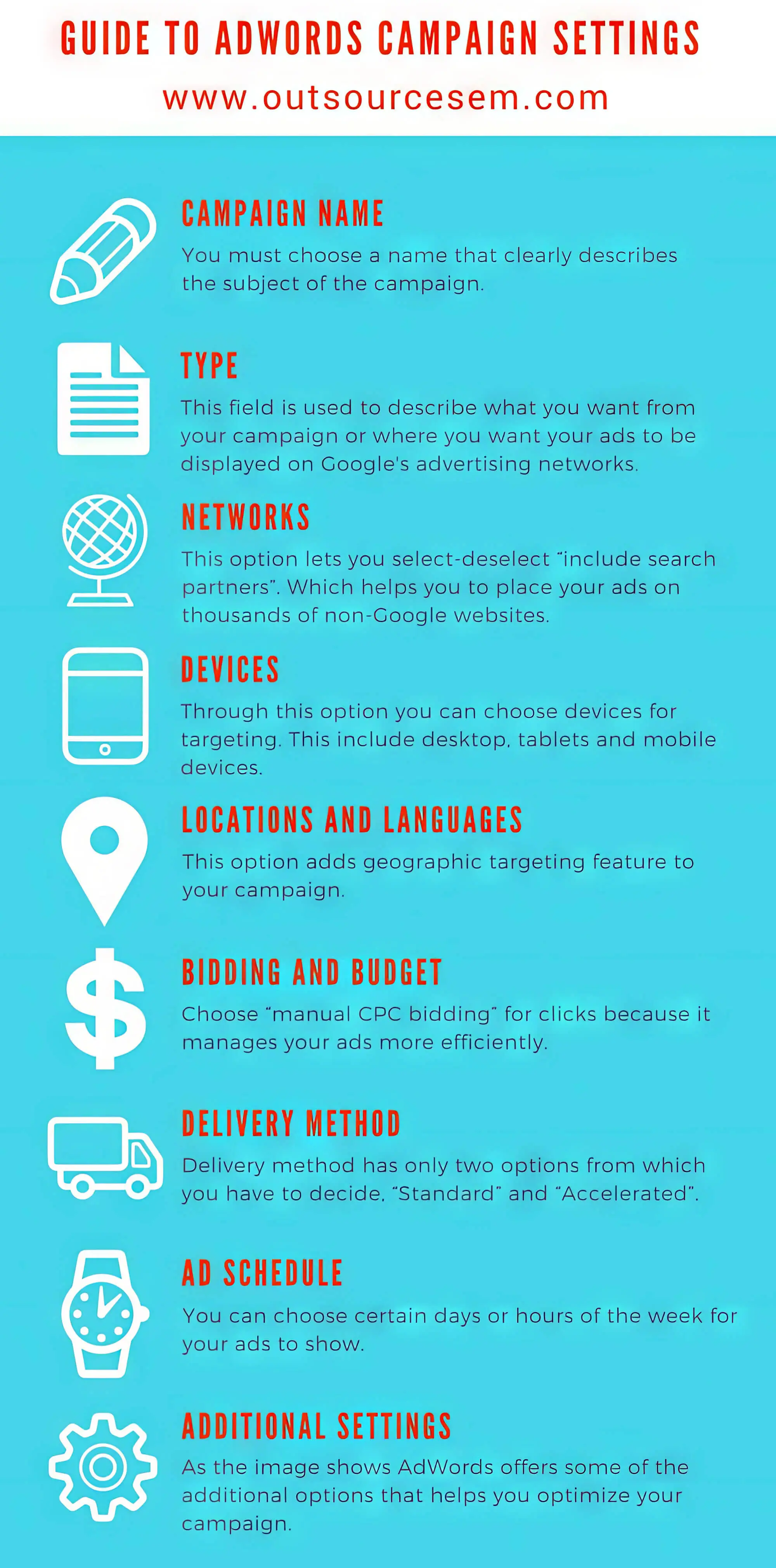
4. Using Advanced Location Options
You can use advanced options that allow greater control over the location targeting settings if you wish. Besides employing location targeting in Google and having you contact us for detailed guidance, these settings exclude specific locations and generate a list of other locations suitable for the ad. Once selected locations are checked, they will be highlighted on a map.
5. Implementing Radius Targeting
For radius targeting, click the blue circle on the selected places and use the provided blue pencil to set the radius. Once this is done, you just need to enter the place of the business that will serve as the centre of the location target radius.
6. Final Steps
After setting your radius, click the “Save” button to save and apply the settings. This will activate location advertising for that particular ad.
Google Ads Location Targeting Options
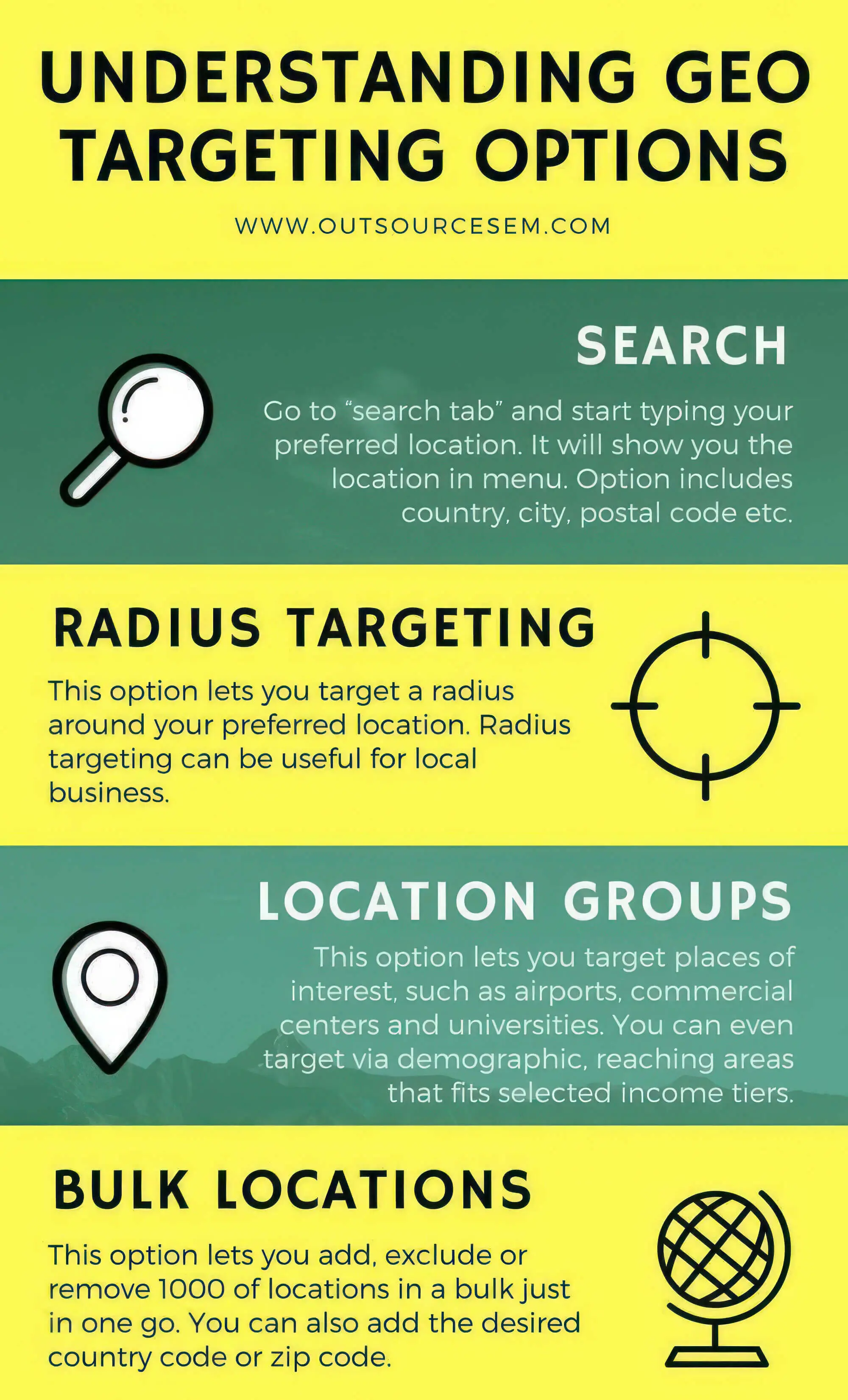
There are three ways to use location targeting with Google Ads:
1. Manual Selection
This allows selecting specific locations and can be used by clicking the location button and entering the areas you want to target.
2. Bulk Location Entry
you can apply a bulk Google Ads procedure and enter all the locations for targeting or exclusion within a country.
3. Radius Targeting
As explained above, proximity targeting, commonly known as radius targeting, sets your location at the centre and targets the surrounding districts.
Tips For Getting The Most Out Of Google Ads Location Targeting
1. Double-Check Location Options
When setting up Google Ads geotargeting, it is essential to ensure that the location options are correct before finalising. To achieve this, go to the location settings option, use the advanced search feature, and set the target after selecting one of the three options: presence, search interest, or both.
The best location data option is selected by default, so adjusting it according to your business requirements is essential.
2. Carefully Monitor The Location Metrics
To understand how the ads perform, you should constantly monitor the location metrics for Google Ads. This will help you know which geographic locations provide the most traffic and the highest returns on investment.
Information regarding this is visible in the locations tab, which makes it easy to monitor the average CPC, position, clicks, and other metrics.
{{img:'google-ads-best-practises-infographic.jpg' | height | width | alt | title | lazyload | responsive}}
3. Use Location-Based Negatives
The Google Ads platform provides a Search Terms Report that makes finding the keywords that triggered a particular ad easy. Sometimes, keywords from outside the target locations may trigger the ads, which must be excluded and added as negative keywords.
You can check the report by going to the “Campaigns” tab and clicking on keywords and details. Then, select all from the list to view the report for every keyword used in the campaign.
4. Make Use Of Google Trends For Geotargeting
Due to the constantly changing nature of Google search results, keeping up with the latest trends is essential to ensure that your ad campaigns remain effective. For that purpose, Google Trends can be a useful tool to help you know what people are searching for in geolocation targeting.
You can use this data to select the most suitable keywords for the campaign.
Using Google Ads Location Targeting
Location ad targeting is an essential aspect of using PPC platforms like Google Ads, but it is one that people tend to overlook. In such cases, businesses usually overuse resources on advertising without getting adequate returns.
This means it results in wasted ad spending, which, in the case of smaller businesses, can be very risky. Thankfully, with the help of geotargeting, you can serve ads to users that not only help get better ROI but also prevent resource wastage.
Remember that different types and sizes of businesses will need to customise the targets, as there is no uniform strategy that suits all businesses; following the best practices is key.
Several marketing agencies in Sydney can help you utilise PPC platforms like Google Ads. It offers a wide range of digital marketing services per the latest standards, including SEO, PPC/SEM, and web design services using AI or machine learning for businesses across all industries.

